It’s not often that small food and beverage creators offer heartfelt thanks to lawyers, but Detroit’s Tom Burns always was an exception to the rule. Burns worked tirelessly for years on behalf of several small craft brewers, litigating against the state of Michigan and appealing to change its antiquated liquor laws. Burns, along with Detroit beer champions such as Motor City Brewing Works’ John Linardos, brought about Michigan’s craft brewing renaissance in the 1990s.
Burns, Linardos, and Ben Edwards were pivotal in securing microbrewing licenses in Detroit for the first time after Prohibition, a result of tireless lobbying and stubbornness. In recognition of his service, each year the Michigan Brewers Guild presents the Tom Burns Award to a person who embodies the pioneering spirit of Michigan’s brewing industry.
Long before Burns paved the way, though, Detroit’s brewing history weathered the storms of temperance, Prohibition, big-business brewery buyouts, and the demise of small breweries. From the city’s mid-19th century German brewers to today’s vibrant taprooms, the dedication to traditional methods and flavors remains a linchpin in Detroit’s brewing history.
A Brewing Renaissance
As in many Midwestern towns, Detroit’s earliest brewers made small batches of mild ales, stouts, and porters. The Detroit Historical Society podcast “Untold Detroit: Beer” tells the story of the city’s beer barons as part of its examination of Detroit’s brewing history: from humble German origins, breweries such as Stroh’s, Goebel, and Pfeiffer expanded well into the 20th century. Prohibition laid waste to many of the city’s smaller breweries. Continued expansion and conglomeration were the rule throughout the 1940s, 50s, and 60s, and by the 1980s, massive national chains ran the show. At the same time, a quiet movement that began on the West Coast was making its way inland, as dedicated homebrewers resurrected old recipes and catered to a drinking public in search of hand-crafted, nuanced beers that harkened back to the ales, porters, and stouts of yesteryear.
Again, Burns, Linadros, and Edwards were part of that brewing renaissance. Edwards owned the Traffic Jam and Snug in Midtown Detroit (then referred to as the Cass Corridor), where he made artisanal cheese and bread onsite. His next logical step was to add beer to the mix. But the Michigan Liquor Control Commission forbade the sale of beer on the premises, and the powerful Wholesalers Association lobbied hard against changing the laws. Burns, an avid homebrewer and self-described “recovering lawyer,” used his acumen—and patience—to advocate for a change in laws that would allow brewpubs to exist.
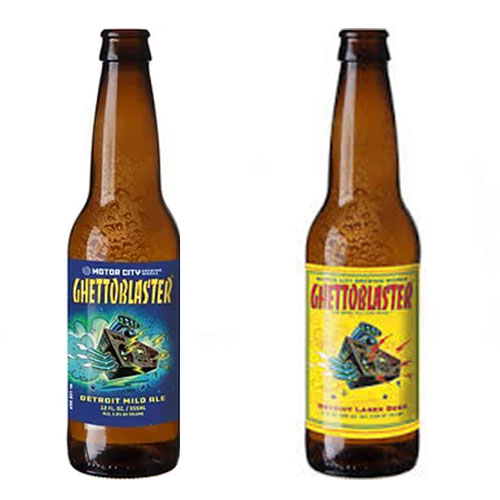
It took years, but they succeeded. In May 1992, Burns and Linardos started the Detroit & Mackinac Brewing as the brewhouse for Traffic Jam across the street. But even though the new laws allowed for on-premise brewing, distribution was still a challenge. Linardos spent much of the early days delivering kegs to local restaurants from the back of his van. Says Linardos, “The wholesalers were just not built for a startup brewery, and they weren’t built for brand building. The distribution network was just an animal that was not designed for bootstrapping.”
When Burns passed away of cancer just two years later, Linardos assumed the building lease and changed the name to Motor City Brewing Works, producing their landmark English mild ale Ghetto Blaster beginning in 1997. He had some work to do convincing Detroiters to try it out, though. “Detroit in the 90s,” asserts Linardos, “was a pretty tough market. It was golden, mass-produced beer, so a lot of palates weren’t acclimated to what the craft movement was trying to do.”
A Craft Vibe
Before too long, Midwestern palates caught up with the movement, and the late 1990s and early 2000s saw a wave of big-budget craft breweries. At the same time as the tech and dot-com startups were building steam, investors were pouring money into local breweries such as Novi’s Local Color, Atwater Brewery, and Big Buck Brewery. “People were flush with capital, and they were just building these behemoth breweries, and they didn’t know what they were doing,” says Linardos. “A lot of them went out of business” when the 2008 recession hit.
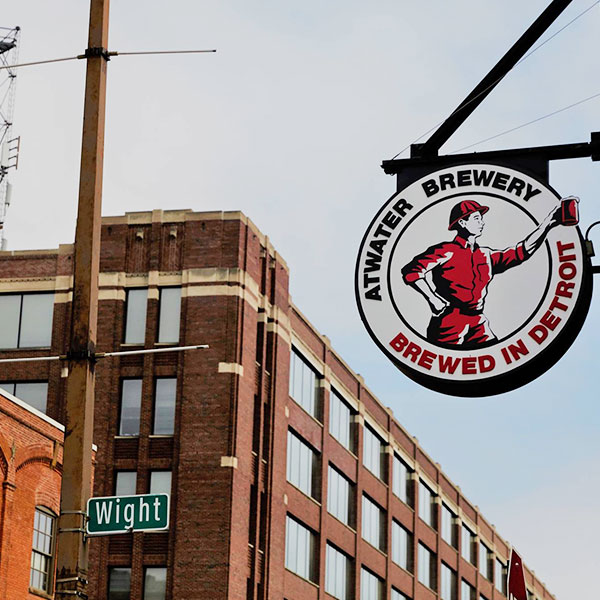
If Motor City and Traffic Jam (which has since sold to a new owner, then shuttered after a 2022 fire) were the first wave of Detroit’s brewing renaissance, and the big-money breweries established the second wave, then the third wave came in the 2010s with a torrent of smaller, neighborhood brewpubs. For Linardos, that was one of the most exciting times to be in the industry. “There was a period from around 2012 to 2017 when it was just blowing up,” he said. “Everybody making all these crazy interpretations of ales and lagers where the whole world was watching. It was a movement.”
Tim Costello was an active participant in that movement to bring a wider variety of beer styles to metro Detroit drinkers. He opened his craft beer store, 8 Degrees Plato, in Ferndale in 2011. The artsy near-suburb of Detroit was the perfect fit for his mission to help small brewers distribute their product to a wider market. Times were different in 2011, says Costello. “At that time, opening up just a craft beer store was kind of unusual,” he recalls.
Since then, Costello has established a combined store and taproom in Detroit proper in 2015 and closed down the Ferndale location. The taproom at 8 Degrees Plato serves a rotating list of drafts that changes weekly. Costello’s customers are eager to try new beers from breweries they haven’t encountered before; many come from out of state to check out Detroit’s vibrant beer scene. State residents and visitors flock to 8 Degrees Plato and other Detroit spots such as taprooms Jolly Pumpkin and Grand Trunk Pub, both of which host more than 20 Michigan beers on tap.
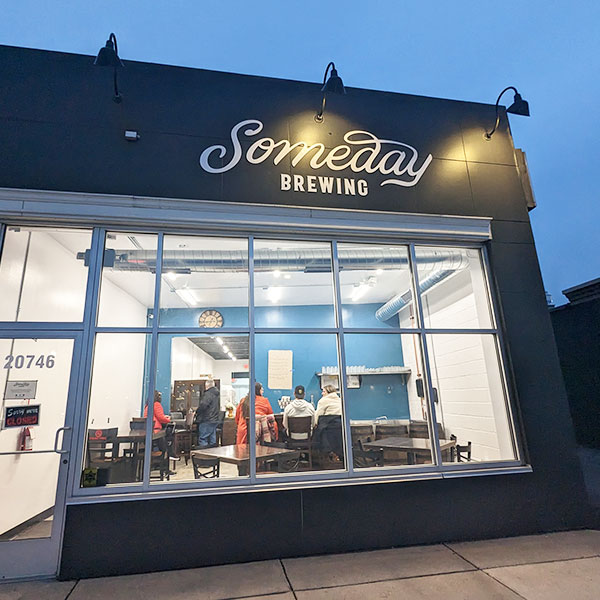
The Detroit beer scene, according to Costello, is fueled by “a lot of creativity, a lot of sharing, a little bit of friendly competition. Everyone’s trying to do something just a little bit different, and the breweries themselves are very good at helping each other and doing collaborations.”
One brewery Costello likes to highlight collaborates with other breweries all over southeast Michigan. Someday Brewing in Grosse Pointe Woods worked with Troy’s Loaded Dice Brewing to craft Dank Angeles, a West Coast-style IPA with Citra, Mosaic, and HBC 586 hops. Someday has also paired up with Cadillac Straits to brew a Midwest IPA called Riwaka Eddie with Riwaka hops, and with New Order Coffee to create Daily Grind, a light blond ale with a tinge of Finca Medina coffee.
For Costello, “that’s what the craft industry is all about: people helping out each other and trying to get things going. It’s been a lot of fun to be a part of that network, because you’re seeing people who still have that craft vibe, which I don’t think you see in a whole lot of other industries.”
A Focus on Community
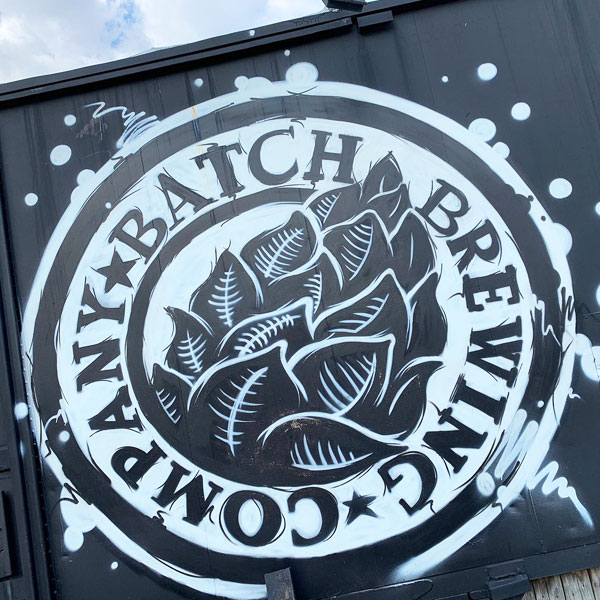
In Detroit, brewers make community a central part of their work. Batch Brewing Company opened its Corktown taproom in 2015 and shortly after established the Feel Good Tap, a rotating tap that donates $1 from each purchase to a different nonprofit each month. Batch also opens its doors and its kitchen to emerging chefs, pop-ups, and restaurants in temporary need, like Taqueria El Ray, a beloved neighborhood restaurant that served out of Batch’s kitchen for several years while it rebuilt its original home after a 2022 fire.
They also work with smaller and cross-state brewers to create new brews for good causes: Mi Gente is a collaboration between Batch and Grand Rapids’ City Built Brewing. The West Coast IPA celebrates Latino and Hispanic brewers and a portion of the proceeds goes to nonprofits that support Latino causes.
According to Batch owner Stephen Roginson, “We’ve made community the center of how we exist. It’s not a mission statement, check-the-box kind of commitment, but one that is in our DNA … Caring deeply about our neighborhood and city remains the most important thing we do as a brand, and we get that kindness and affection back tenfold from our customers.”
Focusing on the immediate neighborhood has worked for breweries in Detroit during this third wave of the industry. Smaller taphouses like Brewery Faisan in the emerging Islandview neighborhood, Urbanrest in Ferndale, and Lagerhaus No 5 in Eastern Market have become the de facto third places. “I liken it to the local bakery,” says Linardos. “There’s always a need for a really good local bakery. I just think you need to be thinking small, stay small, and be servicing your backyard” in order to succeed as a brewer.
One of Detroit’s newest brewery owners agrees. Will Mundel is in the final stages of opening Florian East Lagers & Ales in Hamtramck, which is technically a separate municipality but is entirely surrounded by the city of Detroit. He too finds that the current beer consumer isn’t as interested in fiddly details. Now, the average beer consumer is educated enough to know the difference between a West Coast and New England IPA. “Hamtramck is a blue-collar town that drinks blue-collar beers,” says Mundel. “We’re not trying to change the drinking culture, only participate within it and make it more of a locally produced place,” with a first-year goal of using 85 percent Michigan-grown hops, increasing the percentage each year. Florian East has 10 beers on tap, focusing on English cask ales and lagers.
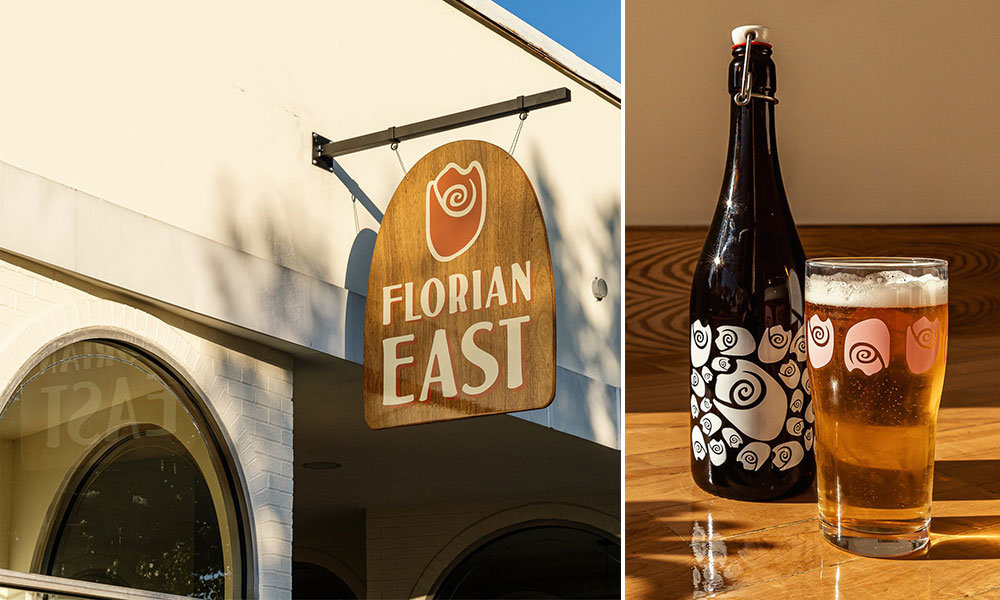
Mundel compares the local taproom to a coffee shop. He wants the atmosphere to be comfortable and non-intimidating: an anti-beer-snob environment. “If you go to a coffee place, they don’t beat you over the head with what kind of beans you’re drinking,” he says. “It’s part of the space, but it’s not the main conversation. And I feel like beer should be that as well.”
“We’re at a maturation point where the beer needs to take a little step backwards and be more about the space and be a little bit more about the people that you’re with,” Mundel added.
Linardos agrees that “there’s always going to be room for someone who’s got the passion and is good at it, if they’re in the right location.” As the city experiences its own renaissance—Detroit’s population grew from 2022 to 2023, for the first time since 1950—so too can new breweries find their place in the local ecosystem. Linardos and other mainstays are welcoming to new brewers, often offering advice and assistance to help navigate regulations and startup costs.
Linardos has been brewing in Detroit longer than anybody else by now. Although he jokes that he needs to “always be careful not to stick around too long,” he’s still proud of what he and his fellow brewers have achieved over the years.
The post Celebrating Detroit’s Craft Beer History appeared first on CraftBeer.com.
